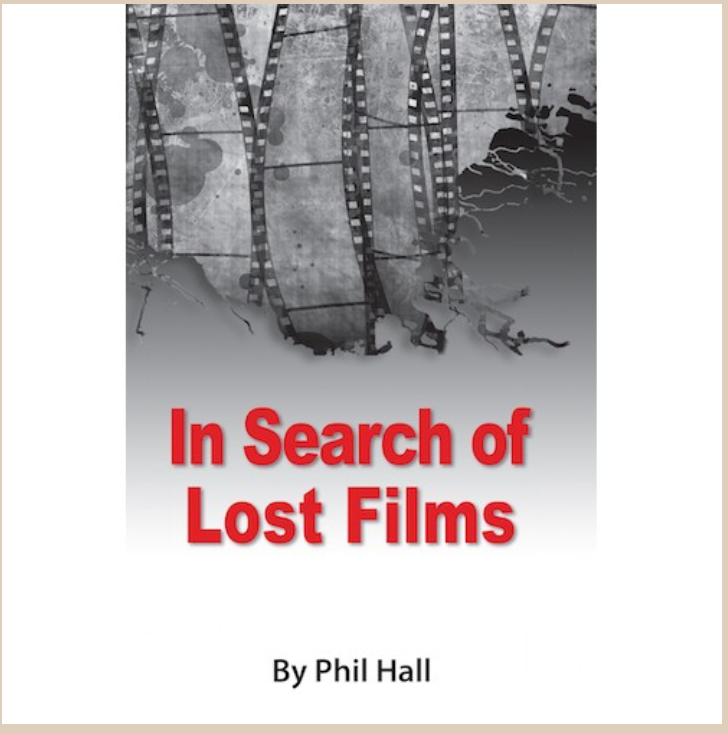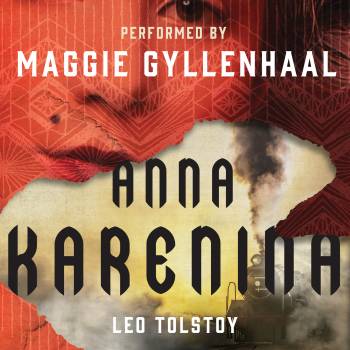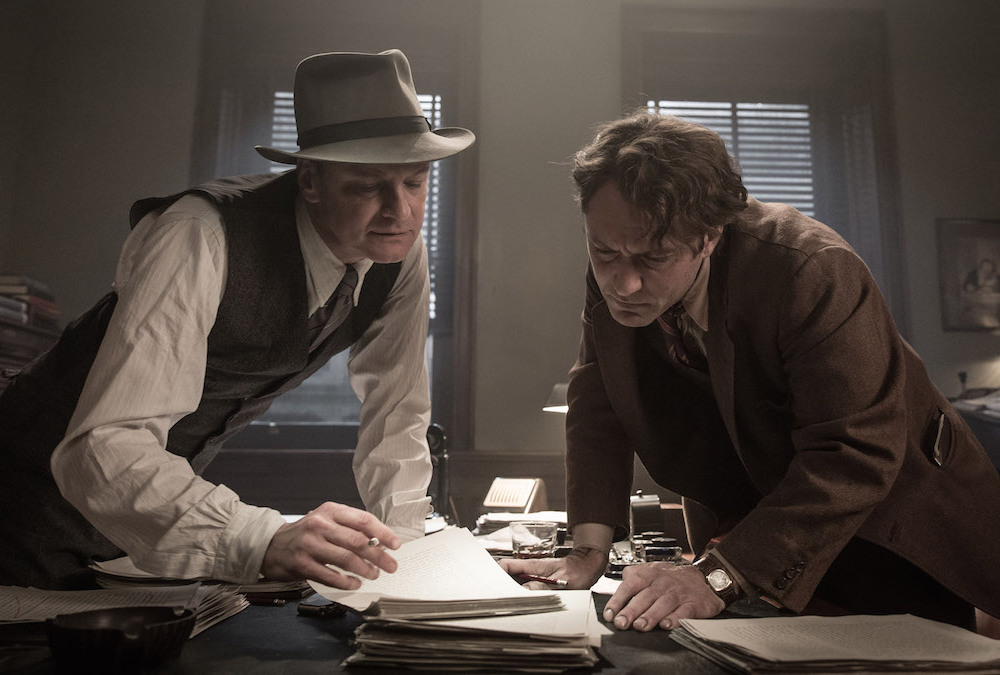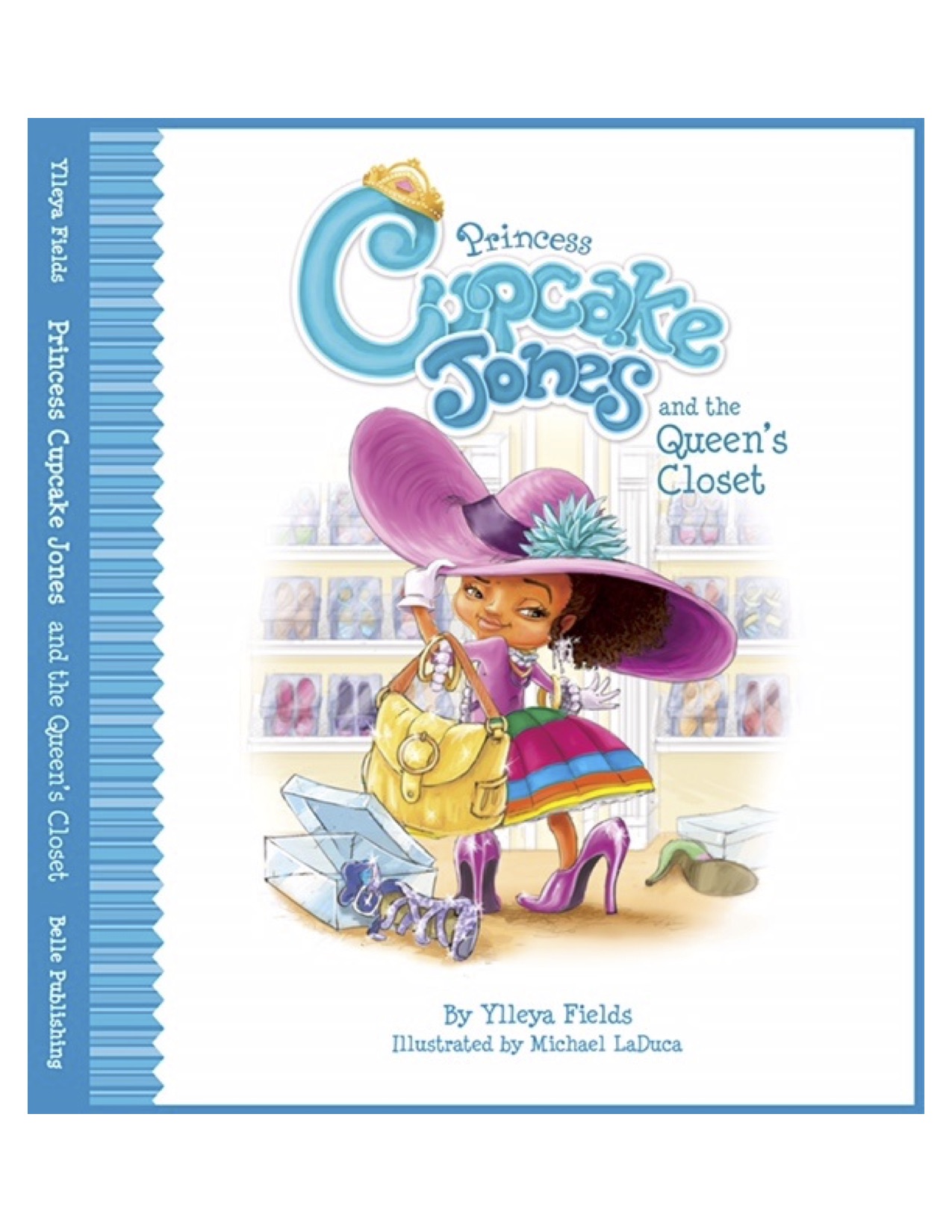Interview: Phil Hall on Lost Films
Posted on August 3, 2016 at 3:45 pm

What are lost films and how did you get interested in them?
Lost films are motion pictures that, as far as we can determine, are no longer in existence. In some cases, there are no known surviving prints. In other cases, the films exist only in fragments.
I have been writing about film history for three decades, and one of the major problems with the subject involves the voids created when a film is considered missing. After all, how can one truly consider a creative artist’s genius and historic significance if we are unable to re-evaluate their full canon?
How did the film stock of the early 20th century contribute to this problem?
Prior to 1951, motion pictures were presented on nitrate film, which contributed to the popularity of the medium – when projected on a big screen, the images on nitrate film were beautiful to behold. Unfortunately, poor storage of nitrate film contributed to the decay of the prints and negatives. Nitrate film was also highly flammable, and in too many situations there have been fires that resulted in the loss of countless rare films.
What resources are available to learn about the films that have never been archived?
That question is almost impossible to answer. For starters, many films that are considered lost were archived, but failed to survive due to poor storage.
One of the most fascinating aspects of researching this book was learning about the discovery of films that were previously unknown to film historians. One of the most remarkable stories involves film historian Paul Gierucki, who purchased a mysterious can marked “Keystone” at an antique fair and discovered that he acquired “A Thief Catcher,” a 1914 Charlie Chaplin film – prior to this, no Chaplin biographer knew that he appeared in this film.
I can say that one of the most disturbing things I discovered in researching this book was that many archives did a sloppy job in keeping a proper inventory on the films in their collections. More than a few titles that were considered lost for decades existed all along – they were simply mislabeled or incorrectly stored by archivists.
Why are missing American films sometimes discovered overseas?
American films were very popular overseas – especially in the silent cinema era, when it was easy to change the intertitles to accommodate non-English-speaking audiences. And Hollywood’s output was so overwhelming in quantity and quality that few global film industries were able to compete in terms of content creation or audience appreciation. When films were sold for overseas sales, many of them remained uncollected by their sales agents after their theatrical releases were completed. Thankfully, a lot of these works wound up being donated to museums or archives in those nations – an act of altruism that saved many, many American films that disappeared in their nation of origin.
What actors and directors are underestimated or forgotten because their most important work has disappeared?
Silent film stars Theda Bara, Lloyd Hamilton and Raymond Griffith are known primarily by reputation because the bulk of their output is considered lost. Much of Lon Chaney’s film performances are also gone. Pioneering Argentine animator Quirino Cristiani’s landmark films vanished in fires, while the majority of the films created by two groundbreaking non-white American filmmakers, Oscar Micheaux and Esther Eng, are also considered irretrievably lost.
Are there particular genres or categories that are most difficult to find?
Many early sound films that were presented in the sound-on-film process – where the soundtrack was on a separate disc that played on an oversized phonograph – survive with either the soundtrack disc surviving without the accompanying film or the film remaining while the soundtrack disc is lost.
There are also national film industries whose cinematic heritage is wildly incomplete because of poor preservation and the lack of international distribution that could have guaranteed the survival of prints overseas. Too many films made in Pacific Rim and Latin American nations are considered lost forever because of this.
Tell me about the Marx Brothers first film, which is now lost.
In 1921, the Marx Brothers self-financed a short comedy called “Humor Risk.” Details on the film’s contents and production history are sketchy, as there are various stories on what took place. We know that the Marxes appeared as characters that were far removed from their well-known personas: Groucho was a criminal on the run, Chico was his assistant, Harpo was a detective chasing these miscreants and Zeppo had some sort of connection to a nightclub where the bad guys were overwhelmed by their foe.
Some sources claim the film was never screened, others say there was single screening that was poorly received, and other sources suggest the film may have been released (perhaps under another title). The Marx Brothers never had a positive opinion of the work, but the story that they recklessly allowed the film to disappear seems strange when you consider their financial investment in the production.
How did you learn about a pre-“Snow White” animated feature film made in Argentina and what were you able to find out about it?
I learned about that when I was around 11 years old – there was a book on film history (I cannot recall the name of it) and it mentioned that the first animated feature film was something called “El Apóstol” made by the aforementioned Quirino Cristiani in 1917. The film was a satire on Argentina’s President Hipólito Yrigoyen, but the humor had no broad global appeal and it was never shown outside of Argentina. Unfortunately, all materials related to the film were destroyed in a fire.
Cristiani also made the first feature-length sound animated film, the 1931 “Peludópolis.” That was also a satire of Argentine politics, and the surviving materials of that work also perished in a fire.
Where do you do your research on films no one has seen for nearly a century?
As I said earlier, I have been writing about film history for three decades, so I have quite a library of books on the subject. I also sought out help from many prominent film historians, and I was grateful for input from the Library of Congress and even such distant resources as the South African National Film and Video and Sound Archives (because there is very little available information in the U.S. about South Africa’s film history).
If you could wave a magic wand and have just one of the lost films appear for viewing, what would it be?
I would be curious to see the 1926 film version of “The Great Gatsby” – considering the various film versions of this Fitzgerald classic utterly failed to capture the spirit of the source material, I would be intrigued to see if the film made during the Jazz Age got it right.
Of course, if I was waving my magic wand to make film disappear, I have 100 to choose from in my last book, “The Greatest Bad Movies of All Time” (published in 2013 by BearManor Media). But that’s another story!
For more information:







